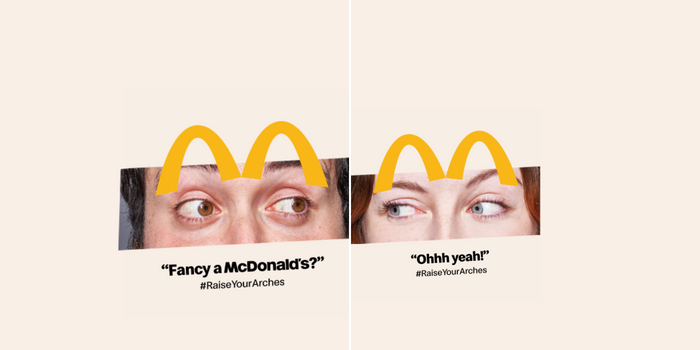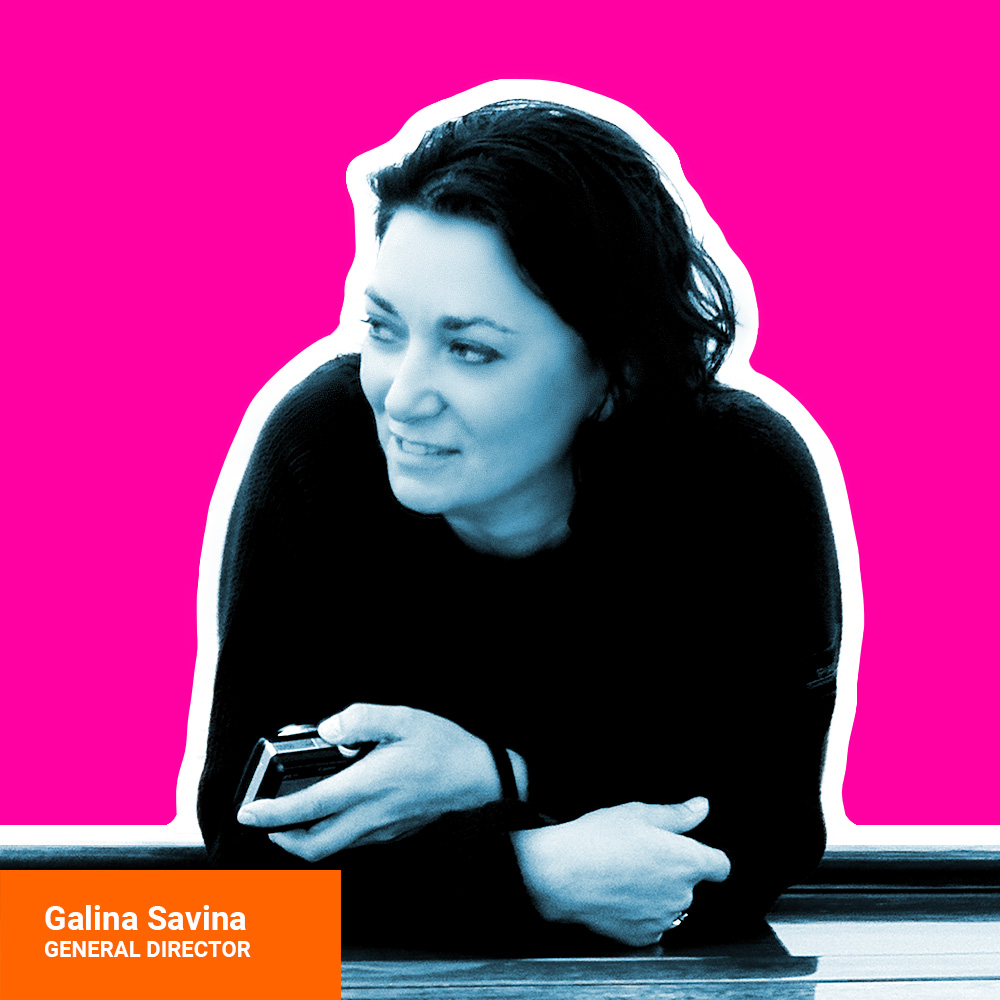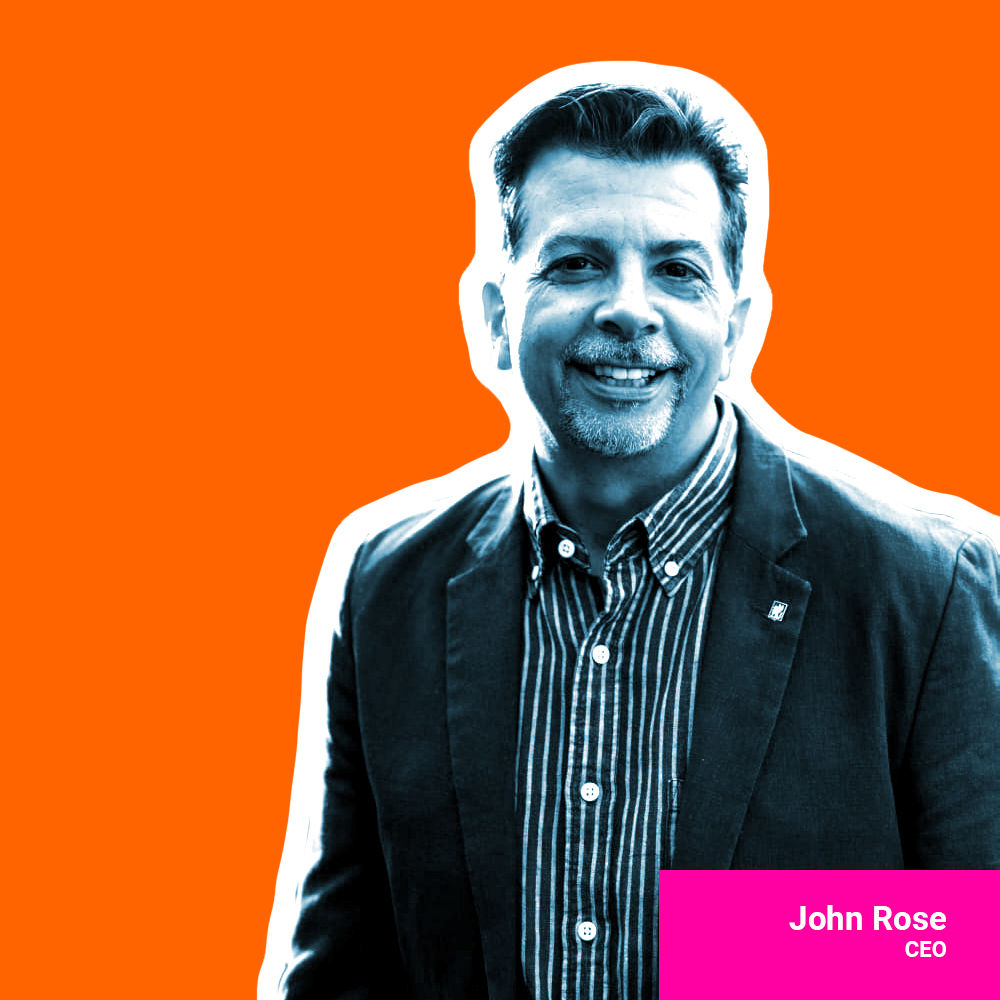
Creative PR Takes Centre Stage
If you’re reading this, you probably already know that public relations is a lot more than news releases and press conferences. But what exactly is Creative PR? Let’s break it down.
Traditional PR professionals focus on generating awareness among key stakeholders through earned media coverage — using media relations to get their clients’ stories featured in legacy media (newspapers, magazines, TV, and radio) or online outlets. Throw in a sponsorship or charity event here, or a media partnership there…and that about covers it.
Creative PR, on the other hand, mashes this classic approach with creativity and storytelling to build more meaningful relationships with key stakeholders and by expanding the range of communications channels to include content marketing, brand journalism, blogger outreach, social media, content marketing, experiential marketing, influencer marketing, digital communications, SEO and more.
In fact, Creative PR covers most everything in the marketing toolbox, decimating the lines between PR and other marketing disciplines, like advertising. While advertising agencies remain more focused on short-term campaigns and persuasion, Creative PR agencies also build long-term relationships and audience engagement.
Creative PR is a more strategic approach to PR, and often involves using unconventional methods to get attention. If it’s big, creative, and it’s not strictly an ad, chances are that it’s a product of Creative PR.
Of course, some Ad agencies provide Creative PR and some PR agencies provide advertising. And an agency like Rose offers the whole enchilada, in case you were wondering.
Here are a few recent examples of creative PR campaigns:
Google’s “Black-Owned Friday”: This campaign celebrated black-owned businesses and encouraged people to shop at them on Black Friday.

McDonald’s “Raise Your Arches”: This campaign encouraged people to raise their eyebrows in a gesture that signified their desire for a Big Mac, and it helped to generate buzz around McDonald’s.

Netflix’s “Stranger Things Season 4” release: This campaign involved a variety of creative elements, such as a scavenger hunt, a pop-up shop, and a series of teaser trailers — all of which helped to generate excitement for the release of Stranger Things Season

Creative PR can be used to achieve a variety of goals, including:
Engagement: Creative PR can be used to engage with key stakeholders, such as customers, employees, and investors. This can be done by creating content that is interesting and informative, and that encourages people to interact with the company.
Authenticity: Creative PR can be used to build trust and authenticity with key stakeholders. This can be done by being transparent about the company’s operations, and by sharing stories that show the company’s values.
Culture change: Creative PR can be used to change the company’s culture. This can be done by creating content that promotes the company’s values, and by celebrating employees who embody those values.
Building brand awareness: Creative PR can be used to create buzz around a company or brand, and to get people talking about it.
Generating leads: Creative PR can be used to generate leads for a company, by driving traffic to its website or social media channels.
Influencing public opinion: Creative PR can be used to influence public opinion about a company or brand, by positioning it in a positive light.
Launching new products or services: Creative PR can be used to launch new products or services, by generating excitement and interest among potential customers.
Creative PR is not for every company. It requires a certain amount of creativity and risk-taking. However, for companies that are willing to try something different in order to standout, creative PR can be a powerful tool for building relationships and achieving their goals.



